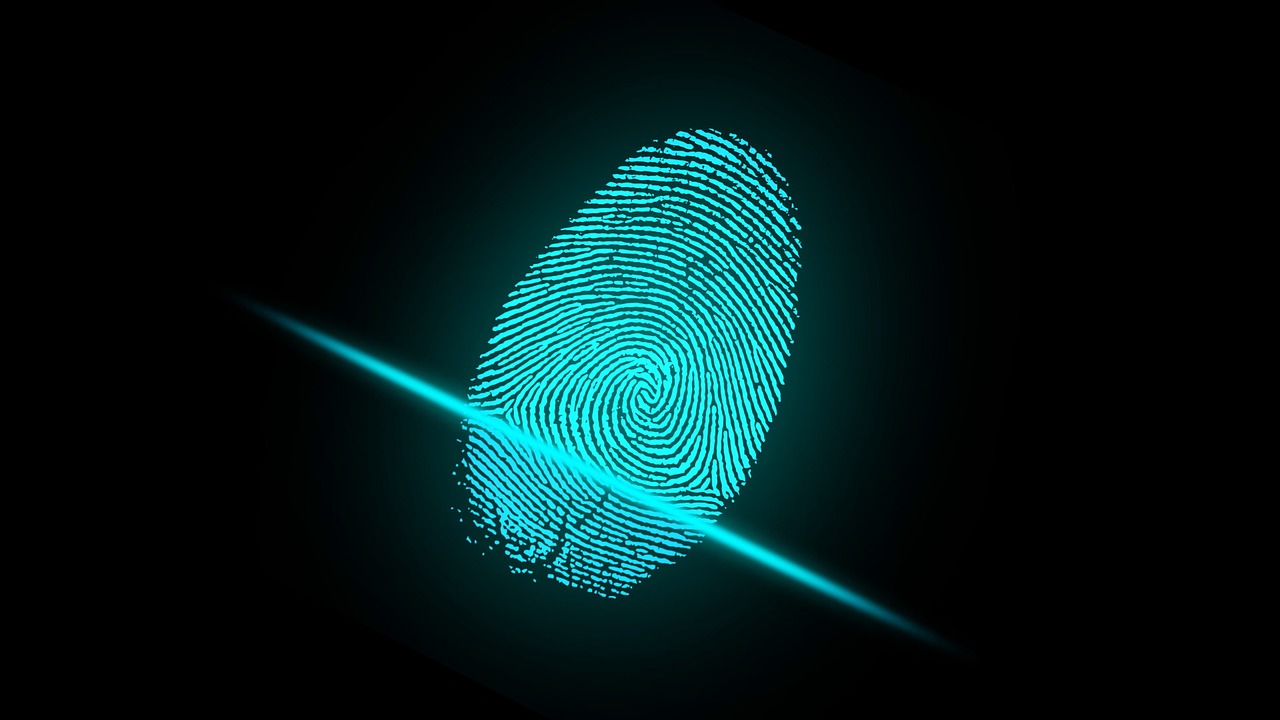With the rise of digitization, documents have become increasingly susceptible to fraud and manipulation. In recent years, blockchain technology has emerged as a powerful tool to verify the authenticity of documents.
This article explores how blockchain can ensure the integrity and authenticity of documents and the benefits it offers over traditional methods.
Blockchain is a decentralized digital ledger that allows secure and transparent transactions between parties without intermediaries.
Essentially, it is a digital database that stores information in a secure and immutable way.
Blockchain uses cryptography to ensure the security of transactions. When a new transaction is made, it is verified by the network of nodes and then added to the ledger in the form of a block.
Each block contains a unique code called a hash, which is generated based on the contents of the block. This hash links the block to the previous block in the chain, creating an unbroken chain of blocks.
This ensures that the information stored in the blockchain is tamper-proof and cannot be altered or deleted.
Blockchain can verify the authenticity of a document by creating a digital fingerprint of the document and storing it on the blockchain.
This digital fingerprint (a hash) is unique to the document. Once the hash is stored on the blockchain, any changes made to the document will result in a different hash, alerting the parties involved that the document has been tampered with or altered.

Image by ar130405 from Pixabay
Blockchain can also verify the authenticity of documents through timestamping. Parties can verify the authenticity of the document and the time it was created by recording the timestamp of when a document was created or modified on the blockchain.
Smart contracts are self-executing contracts stored on the blockchain. They can automate the verification of documents and ensure the conditions of the contract are met.
For example, a smart contract could be used to automatically release the payment for a service once the necessary documents have been verified.
Blockchain technology provides a high level of security, making it impossible for unauthorized parties to alter or delete information stored on the blockchain. This ensures documents are tamper-proof and authentic.
Blockchain provides a transparent and auditable record of all transactions, making it easy to track the history of a document and verify its authenticity.
Blockchain can automate the verification process, reducing the need for intermediaries and streamlining the document verification process.
Blockchain can help reduce costs associated with document verification by automating the verification process and reducing the need for intermediaries.
A hash is a unique code generated based on the contents of a block in the blockchain. It links blocks together and ensure the integrity of the blockchain.
Yes, blockchain can verify the authenticity of any type of document, including contracts, agreements, and certificates.
Blockchain uses cryptography to ensure the security of transactions and store information in an immutable and tamper-proof way.
Here are some key considerations to ensure the authenticity of documents using blockchain:
After considering these key factors, organizations can successfully implement blockchain-based solutions for document verification and ensure the authenticity of their important documents.
While blockchain technology is a promising solution for document verification, it's important to also consider alternative approaches. Here are some alternatives to using blockchain to ensure the authenticity of documents:
After considering these alternative approaches to document verification, organizations can choose the method that best fits their needs and ensure the authenticity of their important documents.
Using blockchain technology to ensure the authenticity of documents provides a high level of security and trust. I believe it will become increasingly important in the future as digitalization continues to rise. As with any technology, it's important to stay informed and up-to-date on the latest developments and best practices to ensure the best possible outcomes.

Patrick Gruber started as a backend developer, founded an Amazon FBA business, created a Cardano Stake Pool, and made his dream of becoming a digital nomad come true. More at www.limitlesspatrick.com

1 posts | 0 followers
FollowAlibaba Cloud New Products - January 6, 2021
Alibaba Clouder - December 6, 2016
Alibaba Clouder - March 16, 2018
Alibaba Cloud Blockchain Service Team - January 17, 2020
Alibaba Cloud Blockchain Service Team - January 17, 2020
Alibaba Clouder - September 26, 2018

1 posts | 0 followers
Follow LedgerDB
LedgerDB
A ledger database that provides powerful data audit capabilities.
Learn More Elastic Block Storage
Elastic Block Storage
Block-level data storage attached to ECS instances to achieve high performance, low latency, and high reliability
Learn More Big Data Consulting for Data Technology Solution
Big Data Consulting for Data Technology Solution
Alibaba Cloud provides big data consulting services to help enterprises leverage advanced data technology.
Learn More Blockchain as a Service
Blockchain as a Service
BaaS provides an enterprise-level platform service based on leading blockchain technologies, which helps you build a trusted cloud infrastructure.
Learn More